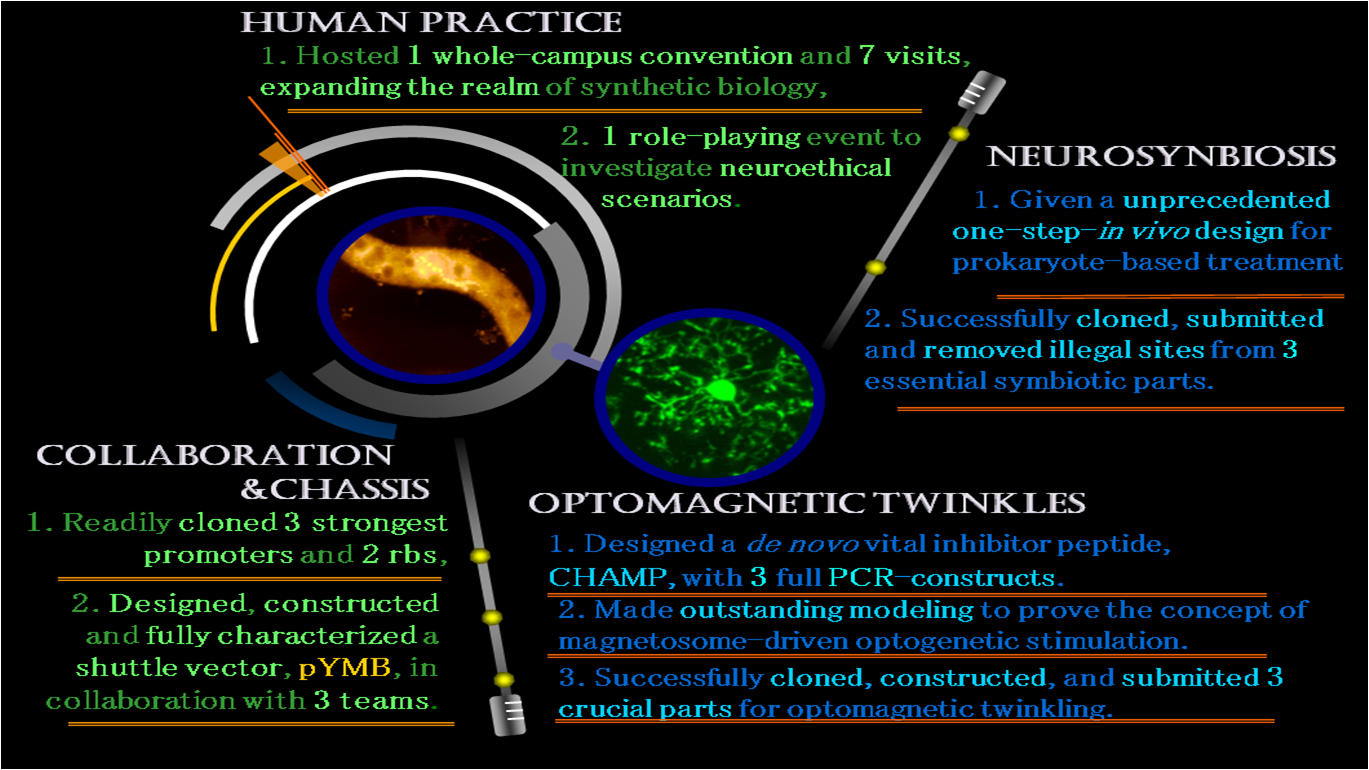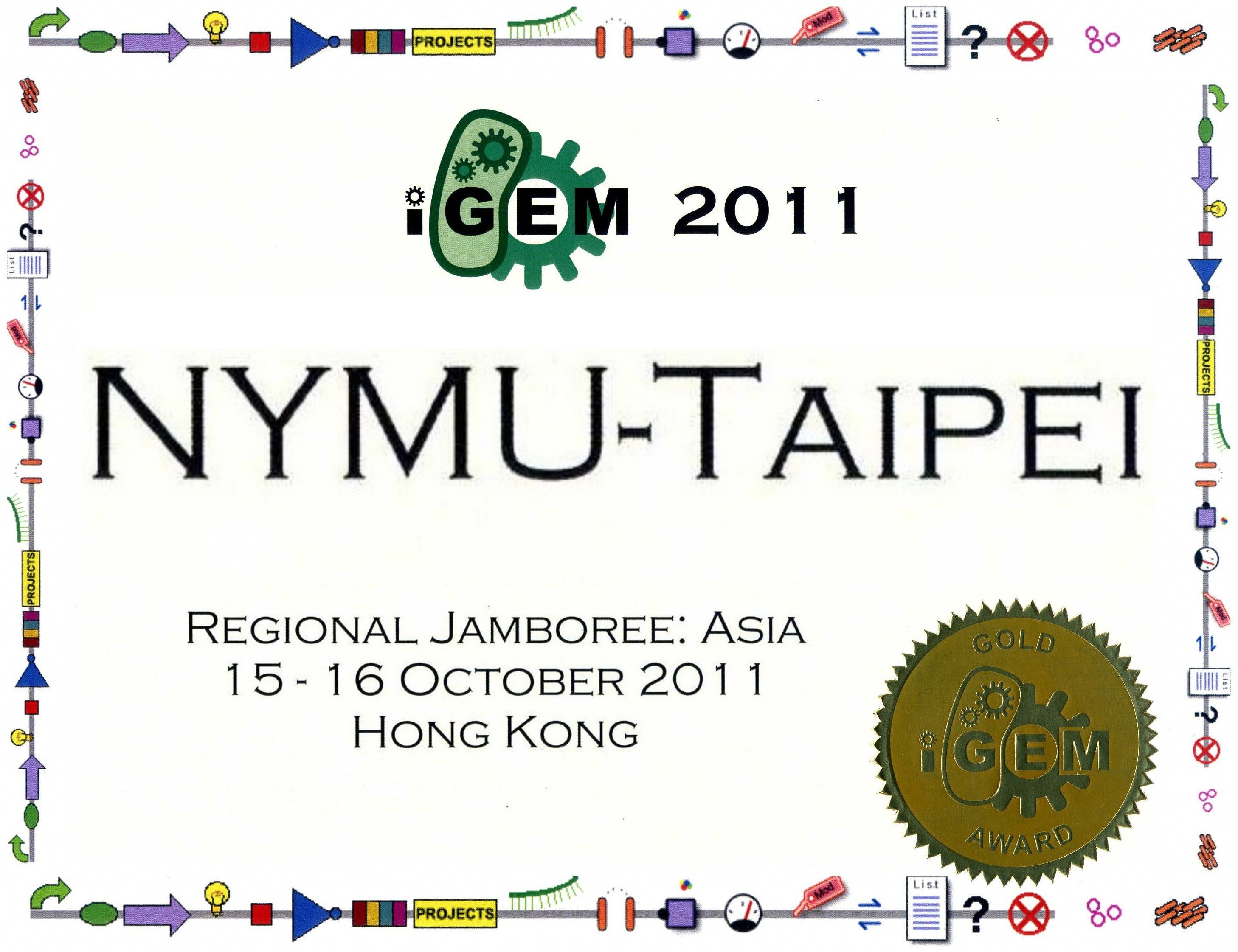Team:NYMU-Taipei
From 2011.igem.org
| Line 27: | Line 27: | ||
<iframe width="450" height="349" src="http://www.youtube.com/embed/uB66Q4JP6P0?hl=zh&fs=1" frameborder="0" allowfullscreen></iframe> | <iframe width="450" height="349" src="http://www.youtube.com/embed/uB66Q4JP6P0?hl=zh&fs=1" frameborder="0" allowfullscreen></iframe> | ||
</html> | </html> | ||
| - | + | ||
{{:Team:NYMU-Taipei/Our institute}} | {{:Team:NYMU-Taipei/Our institute}} | ||
|} | |} | ||
[[File:https://static.igem.org/mediawiki/2011/3/33/End.png]] | [[File:https://static.igem.org/mediawiki/2011/3/33/End.png]] | ||
{{:Team:NYMU-Taipei/Templates/End}} | {{:Team:NYMU-Taipei/Templates/End}} | ||
Revision as of 17:41, 28 October 2011

|
Tailoring Your Avatar
Create wireless neuro-stimulator, focusing on achieving remote neuro-stimulation to minimize the invasion and damage to the neuron
Optogenetics, the latest neuroscientific method, has improved specificity for stimulating certain cell types of neurons, reversible bi-directional stimulation, and elevated spatiotemporal precision. However, to achieve neuronal network stimulation, light cables are still needed, leaving long-standing annoying issues regarding immune responses unresolved.
To achieve this goal, we use a species of magnetic bacteria, Magnetospirillum magneticum AMB-1. We have chosen mms13, a transmembrane protein as our target for protein design in this bacterium, as it serves as a linker between reception of wireless magnetic field and optogenetic neuro-stimulation output. Regarding the neuroimmune response, we choose three genes to achieve symbiosis within glial cell: MinC, a division inhibitor, INV, a gene for invasion and LLO, a gene for facilitated escape from phagosomes.

|
File:Https://static.igem.org/mediawiki/2011/3/33/End.png
 "
"










